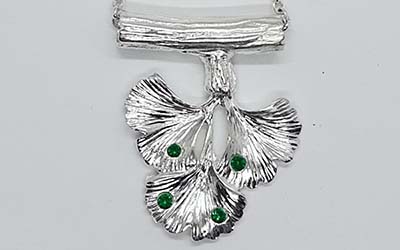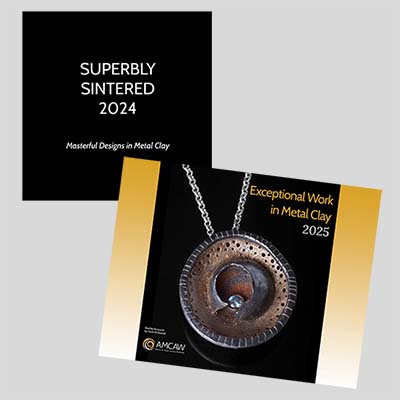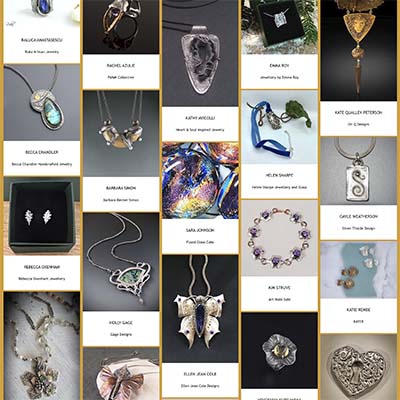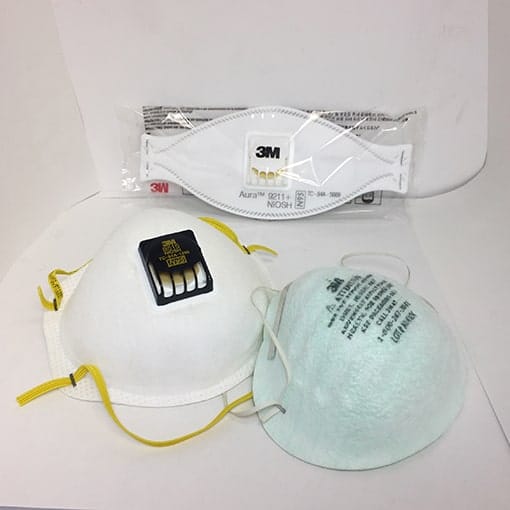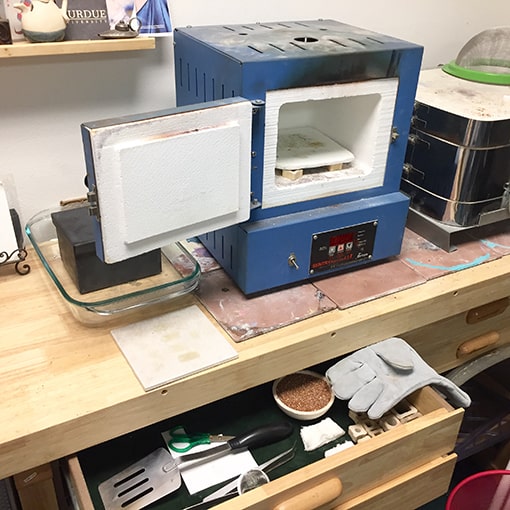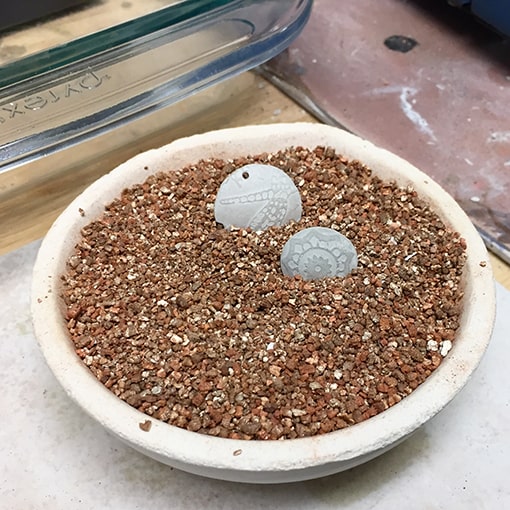Pure silver and gold are not only used to manufacture jewelry and other precious objects, but they have also been used internally as health remedies and in food preparations for centuries, and are even considered kosher. When fine silver and 22k gold are combined with a non-toxic, organic binder to create metal clay, the resulting material is also non-toxic and safe to use.
In fact, Mitsubishi Materials’ Precious Metal Clay (PMC) has been certified by an independent testing facility to be safe and conforms to ASTM D4236 standard. Aida Industries’ Art Clay Silver and Art Clay Gold clays have been awarded the Art & Creative Materials Institute, Inc. certification seal for safety in educational use.
However, some people are more sensitive than others to metals, especially when dealing with base metal clays like copper, or alloys such as sterling silver and bronze. Some may develop a rash, experience itching, or notice a green discoloration on their skin after contact with these clay bodies.
The trace amounts of copper that may be absorbed into the skin while in direct contact are sometimes thought of as beneficial, but to prevent this reaction, you can wear gloves or apply a barrier skin cream when working with these products. Always wash your hands after using any metal clay and avoid eating or drinking in the work area.


